by David Burrell
Over a five-part series, the Australian Motor Heritage Foundation (AMHF) is celebrating the automotive design work of David Bentley, who worked at BMC Australia (BMCA) and BMC in the UK during the 1960s
In this second part, the early design proposals for the X6 Austin Tasman and Kimberley are revealed, some previously unseen.
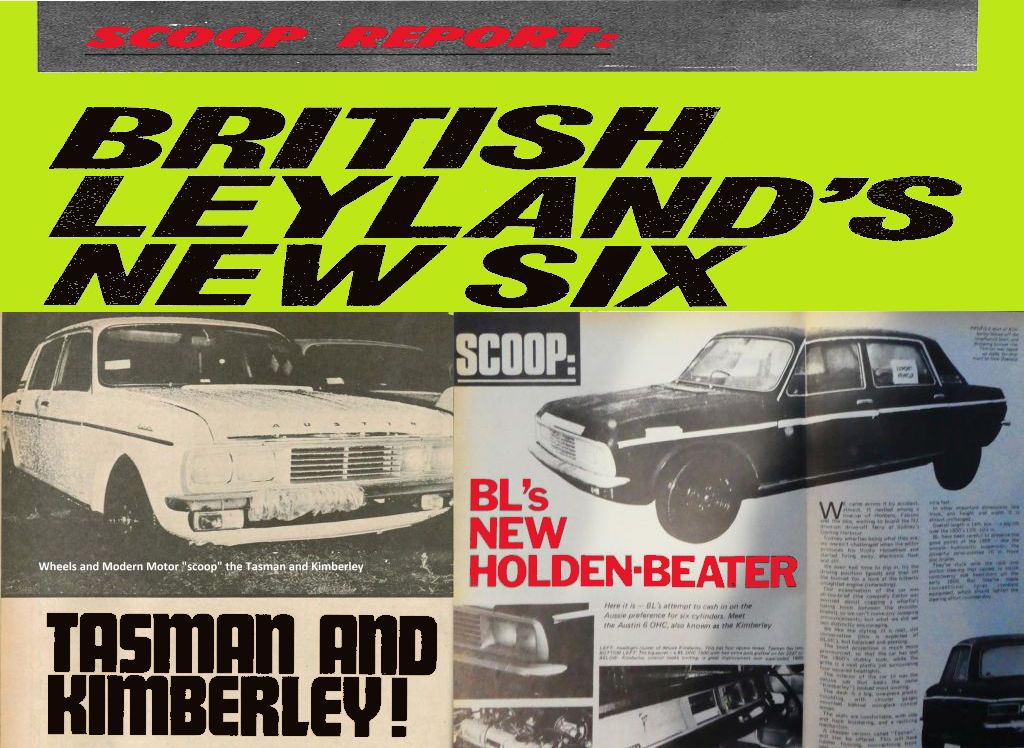
These drawings and sketches are from David’s private collection. In addition to the sedan, future instalments will reveal more proposals for the sedan, station wagon, five door hatchback and grilles, as seen below.
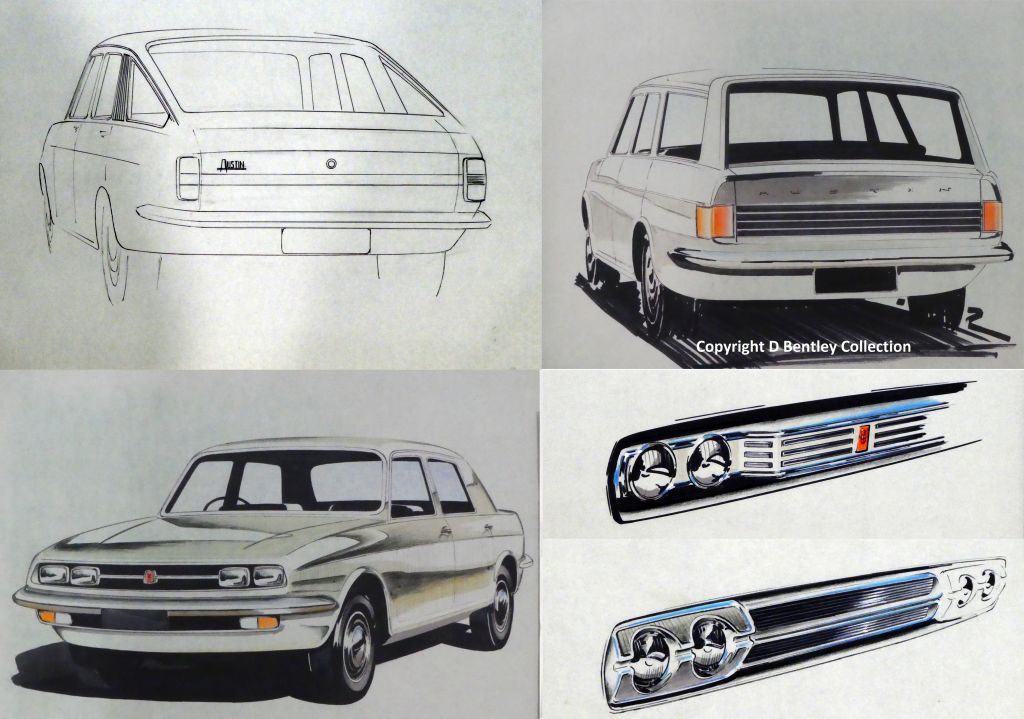
In part one I briefly explained how David came to be involved in the Tasman/Kimberley styling project, taking over from Harris Mann in late 1968. Now for some more background.
Mann had joined BMC in mid-1967. He’d previously worked at Raymond Loewy’s studios in the USA, Rootes and Ford UK. He was recruited to BMC by its then design chief, Roy Haynes, also an ex-Ford designer. One of Mann’s first tasks was to quickly generate a few styling ideas for the X6 sedan before focusing on his main project, the Morris Marina.
Mann spent 15 years at BMC. His design legacy also includes the 1969 Zanda concept, Mini Clubman, Triumph TR7, Princess and Allegro.

Right from the beginning of the Tasman/Kimberley project, BMCA insisted that it be based on the Austin 1800, because it was to be a stop gap car until the P76 arrived. Consequently, BMCA did not see the need to spend money on significant sheet metal changes, nor could the financially challenged company afford to do so. The model’s new six-cylinder engine was absorbing most of the development budget.
Mann, however, seemingly ignored BMCA’s requirements. He wanted to drape the stodgy 1800 with fresh panels. And he was not alone in thinking that. When Motor Manual magazine first reviewed the 1800 in its April 1966 edition (in the AMHF’s collection) it dismissed its shape with the observation:
“Concessions to styling are so few as to be barely discernible.”

Thirteen years later Motor Manual’s opinion had not changed. The magazine’s December 1979 edition (also in the AMHF’s collection) doubled down on the 1800.
“Unfortunately [the BMC] stylists, never particularly world shaking in the way they do things, made the thing look a little on the ugly side.”
To hide the 1800’s contours, Mann added “visual width” by using many horizontal lines, flattening the bonnet, pushing the headlights out to the edge of the fenders and creating a narrow grille. He reshaped the doors, changed the front and rear fenders, enlarged the glass areas and lowered the roof line. To further “lighten” the 1800’s heavy appearance he used thin bumper bars and created an under-bumper valence panel at the front and rear.
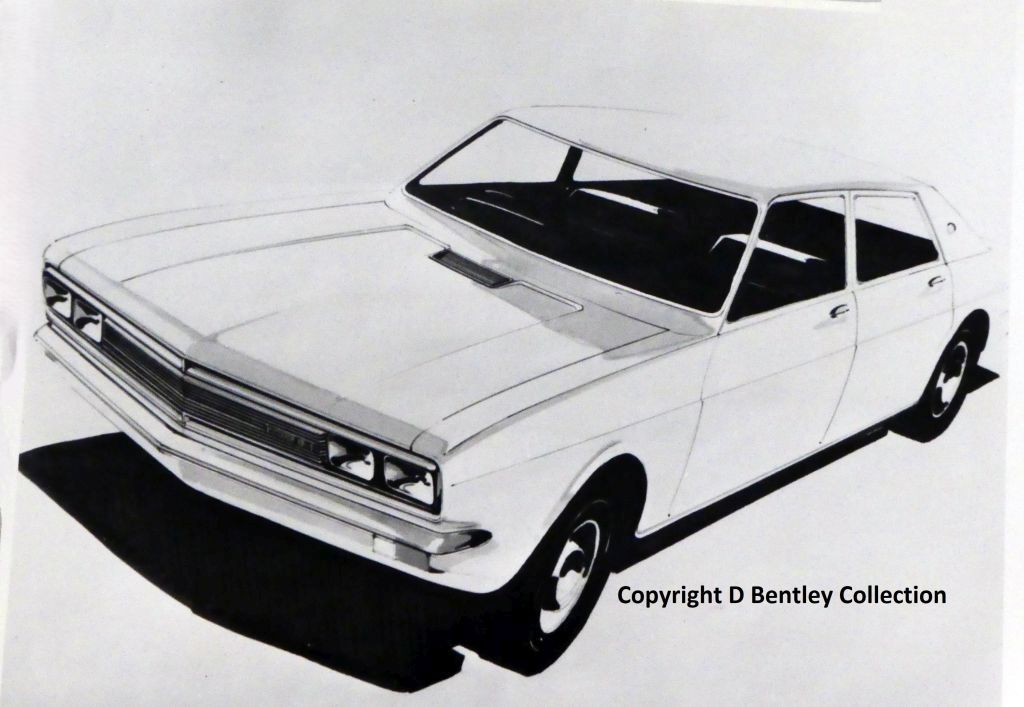
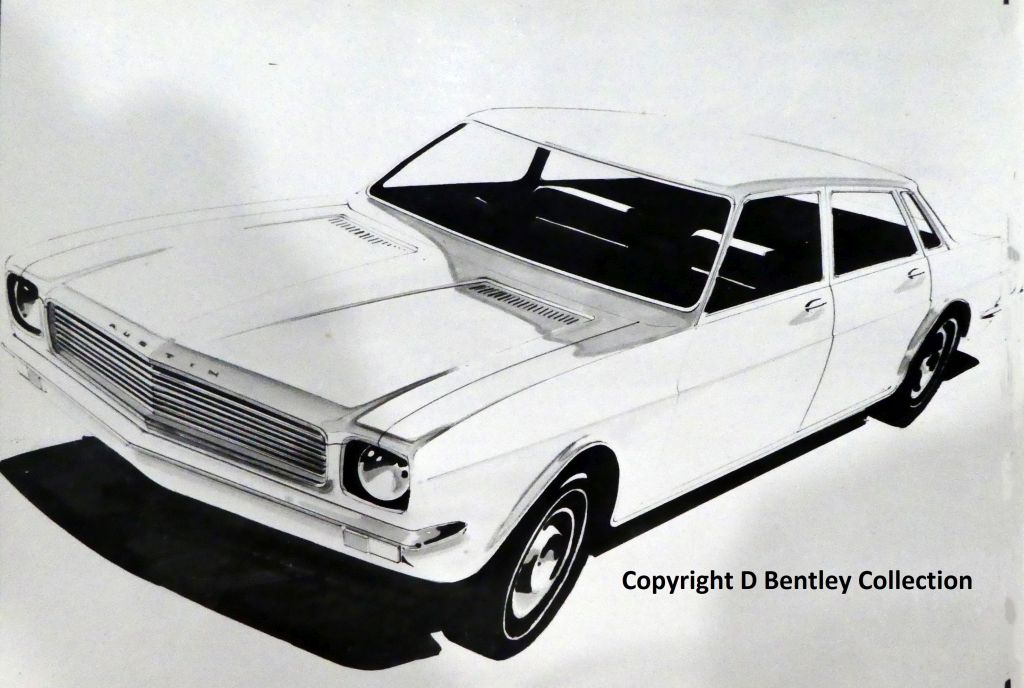
Mann also “borrowed” styling themes. At the rear, it appears Mann was impressed enough by the 1964 Dodge Polara, 1965 Chevrolet Nova and 1966 Plymouth Fury to incorporate aspects of their styling.
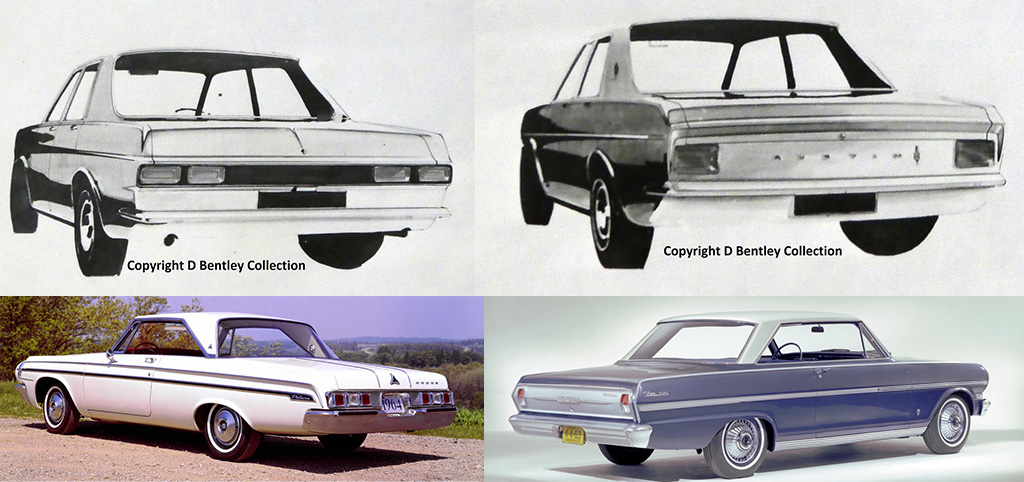
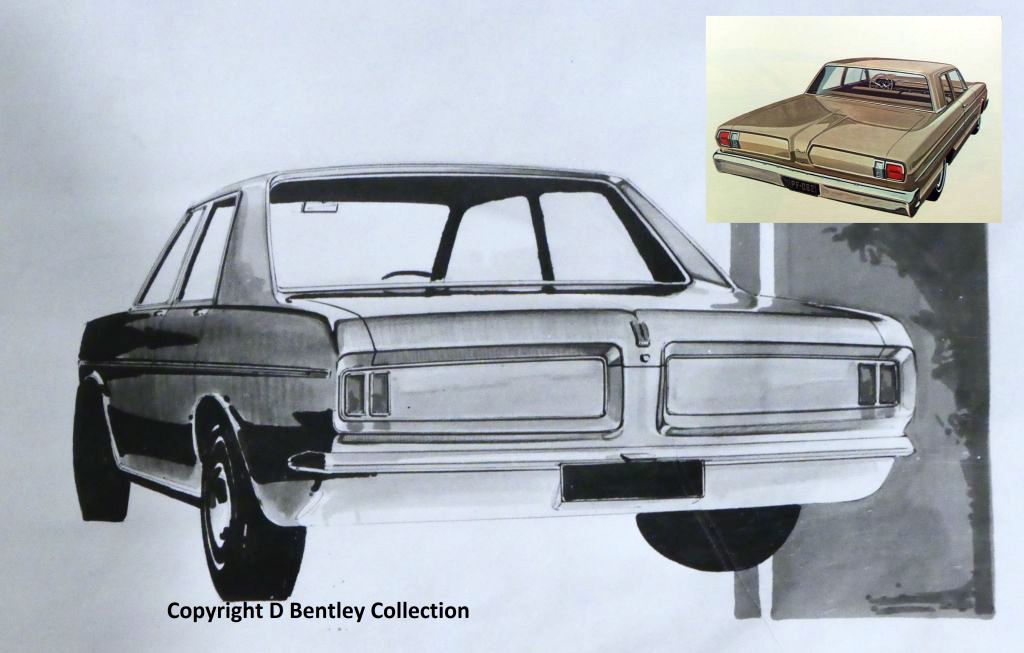
For the front end, Mann looks to have taken inspiration from the grilles of the 1963 and 1966 Pontiacs.

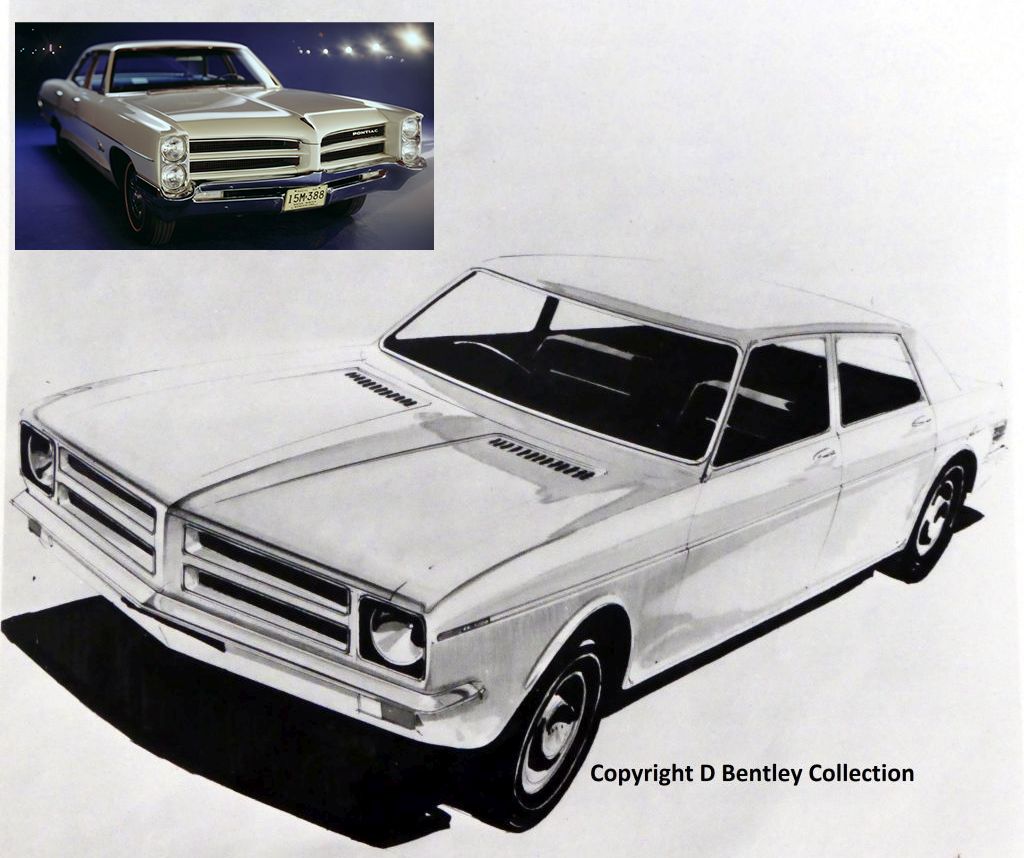
But, Mann’s desire to revitalise the uninspiring Austin 1800 shape was thwarted by the stop gap role of the X6, a very limited design budget and BMCA’s focus on the P76. Indeed, X6’s limited life was made plain by Modern Motor in their December 1969 edition (in the AMHF collection) when it ran scoop photos of the Tasman, a year ahead of its release. They summed it up by saying:
“The car is, we’re told, only an interim model, and will be followed a couple of years later by what has been described as a ‘really sensational sedan’.”
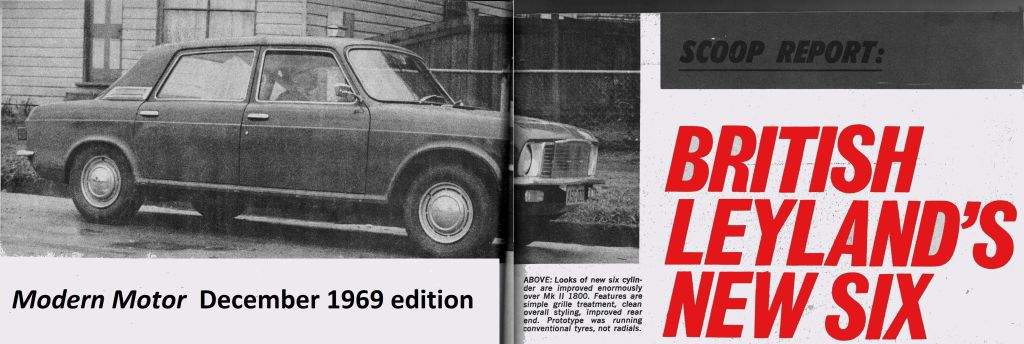
Modern Motor’s story was confirmed by BMC’s chairman Lord Stokes in an article in The Sydney Morning Herald on 24 January 1970, when he announced the development of the P76.
What BMCA wanted was the maximum carry over of the 1800’s structure, especially the doors, glass, pillars and roof. It is within these parameters that David’s task was framed. What he did next will be revealed in part three [in a fortnight’s time].

